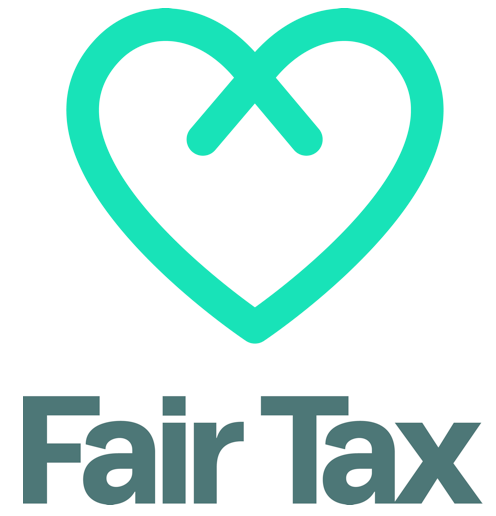I am aware that many critics of the Fair Tax Mark will want to know how it works.
So let me say straight away that the version we have launched today is for UK based and mainly UK trading companies. The version for multinational corporations will follow later; we're walking before we can run.
And we're doing that for good reason because what we are suggesting is improved accounting for tax. The methodology behind the new mark is explained here.
What we expect of a Fair Tax Mark company is that they tell us about their tax. It's the way to eliminate risk in our opinion.
What's important to note is that we're not alone in thinking this. Last year Ernst & Young said:
A lack of consistent usage means that tax transparency represents different things in different contexts but we see it as the communication of an organisation's approach to tax planning and compliance as well as the amount of tax it pays in order that stakeholders have confidence that a fair share of tax is being paid. Reporting, both voluntary and mandatory, is therefore a key element of tax transparency — simply complying with the current rules may no longer be enough.
We agree, and we're giving companies a chance to say that they do too.
That's why we also think that this is something that in time the accountancy profession could and should embrace. In fact, we even think it's something they might want to sell. After all, when before has a set of accounts ever had the potential marketing tool? With the Fair Tax mark that's exactly what they can be.
Thanks for reading this post.
You can share this post on social media of your choice by clicking these icons:
You can subscribe to this blog's daily email here.
And if you would like to support this blog you can, here:




I am a bit confused. Why are you licensing the trade mark?? You complain that Starbucks shouldn’t, so why are you.
We’re not avoiding tax doing so!
There’s a big difference between earning an income and disguising profit shifting
So when you finally decide to publish details for foreign owned companies, if you ever do that, they cant pay you from overseas.
Not at all
They are third party payments – no problem with them if genuinely reflect the location of where transactions occur
That is not the Starbucks case, at all. Intra-group and artificially located for tax, in my opinion
A very nice looking site, Richard, so to you and the others involved, a big well done.
I have one suggestion. Could you add a graphic and link to the site to the right hand bar of your blog (i.e. where the ads for your books sit). I realise this would force your twitter feed further down the page, though not if you shrunk the size of the book ads, but it would serve two purposes. First, it would increase the visibility of the Fair Tax site/logo, which is important until it becomes established in its own right. Second, for those of us who have a long list of bookmarks it would cut out the necessity to add it, with the potential that carries for it to get “lost”.
You could also do the same for the Tax Justice Network.
Just suggestions 🙂
On my list of things to do – although I hate doing tweaks like that!
R
I would say the Fair Tax Mark is a good idea with some reservations :-
1) What happens if the criteria you design leads to a company you don’t like getting awarded the mark?………Will you change the criteria or state they should not really get it?
2) If a company applies and fails will you out them for failing or does it stay private?
3) What if a company gets the award and then you change the criteria which means they no longer get the award? Then how would they hide dropping the award!
4) A company could be awarded the mark and yet still use tax planning such as dividends, spouse payments etc……how will you attack them for this (which you claims undermines democracy, hurts the poor etc) while still giving them the seal of approval?
1) They get it. I look toward to Google having the Fair Tax Mark
2) Private
3) The criteria will change. This will happen. And all awards are annual anyway
4) I do not like such schemes but they are explicitly legal e.g. Not covered by GAAR so we accept them like other deductions. We would not accept use of EBTs.